Before he hit it big, Walt Disney was just a Kansas City paper boy. Take a look back
It was a hot morning in mid-summer 1923 when Walt Disney walked briskly through Union Station in Kansas City, Missouri. With the last remaining money in his pocket, he purchased a one-way first-class ticket for Los Angeles, California. He was leaving Kansas City, the town where he had lived off and on since he was 9 years old, for good.
Now, 101 years later, this same train station is hosting "Disney100: The Exhibition" honoring this visionary film maker and professional dreamer, and the company that bears his name. In light of this exhibition one reader recently asked What’s Your KCQ?, a partnership between the Kansas City Public Library and The Kansas City Star, what exactly was Walt Disney’s connection to Kansas City?
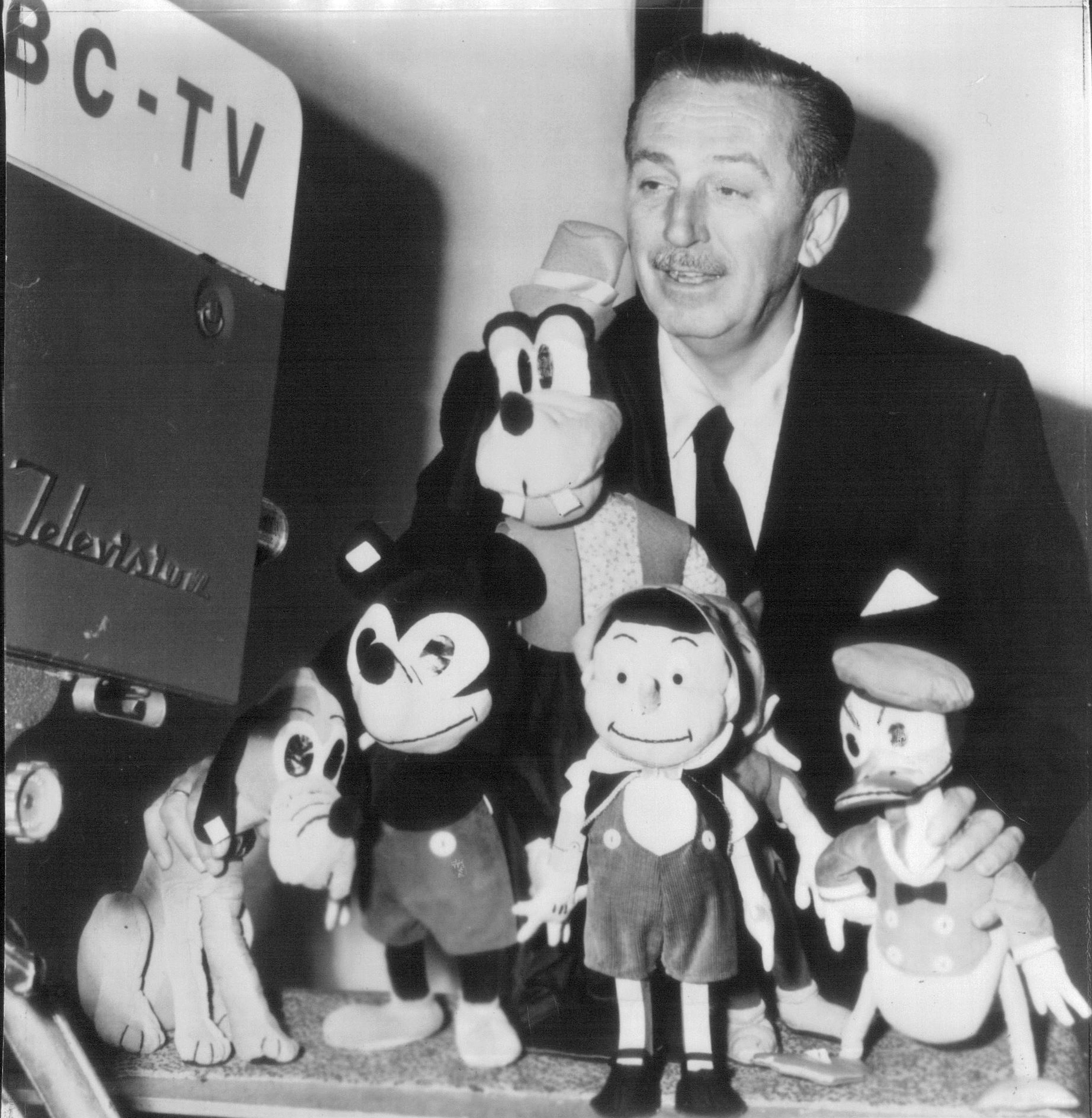
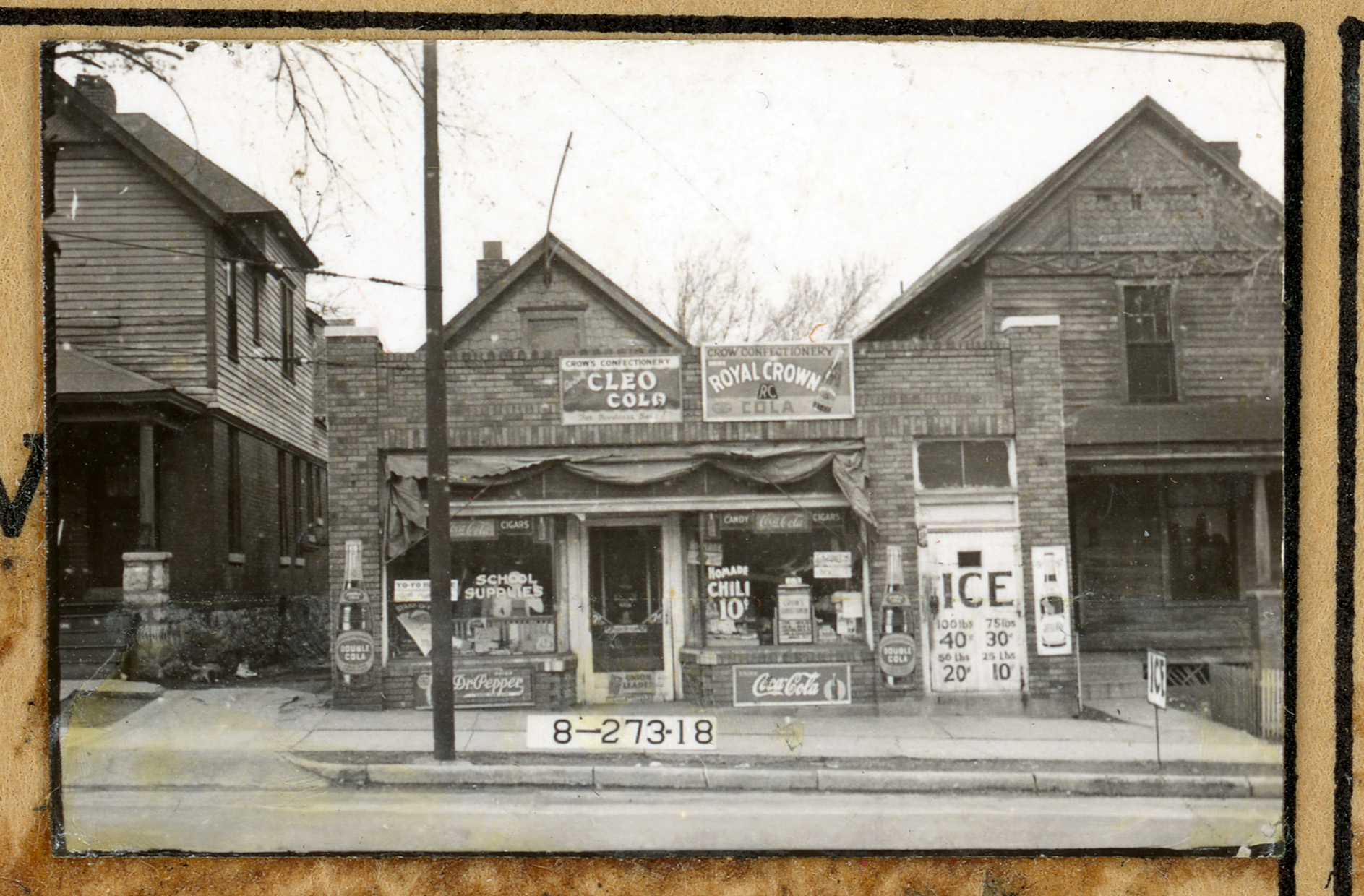
For his sole income, Elias purchased the rights to a paper route from The Kansas City Star and The Kansas City Times, bounded by 27th and 31st streets and Prospect and Indiana avenues, employing Roy and Walt without paying them. Each day the brothers awoke before 3:30 a.m. to complete a demanding paper route before going to school. By the time Walt Disney finally arrived at the Benton School, only a few blocks from his home, he was exhausted. On Saturdays, Walt received his first formal art training through classes offered by the Kansas City Art Institute at the YMCA.
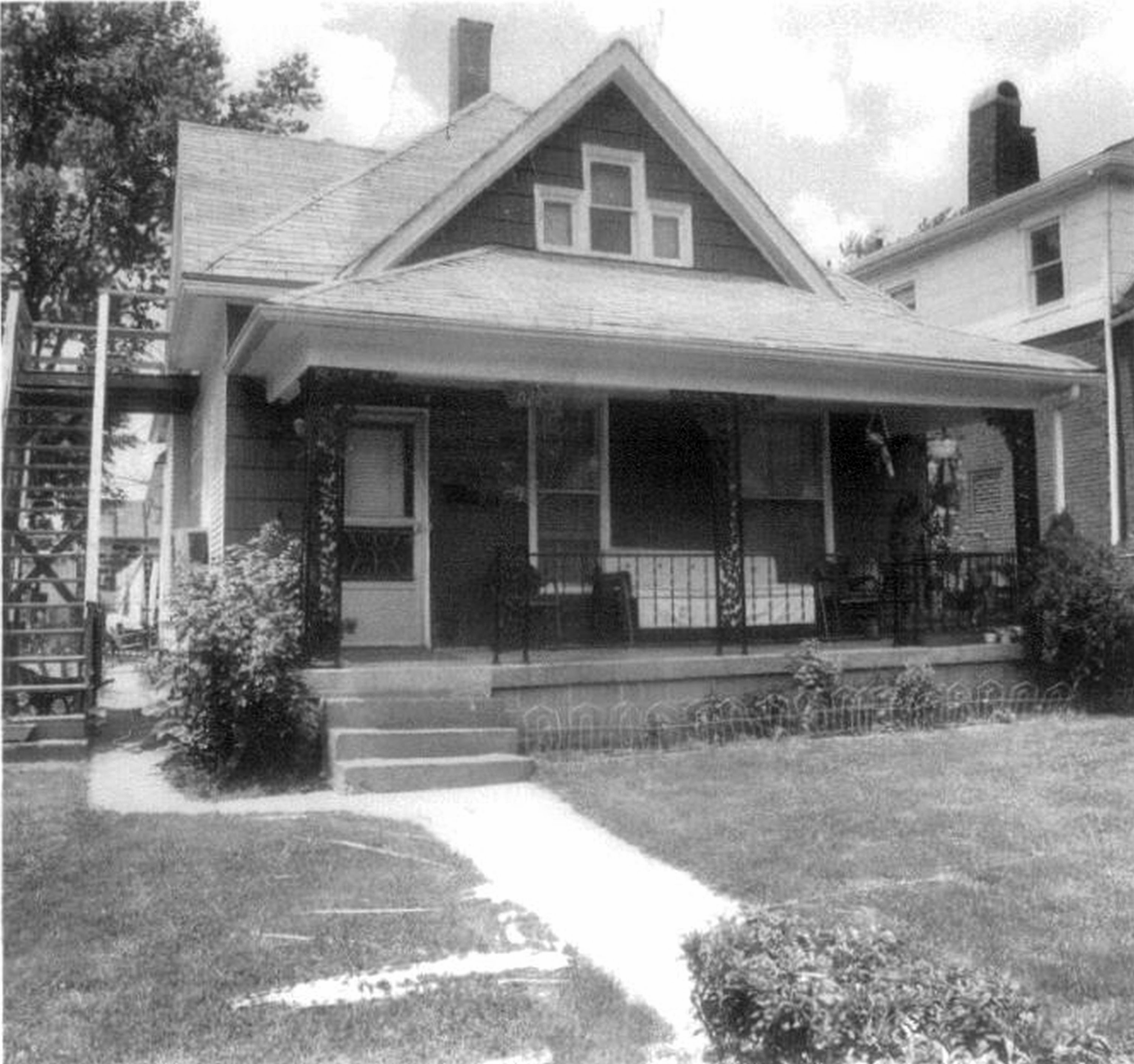
As respite from his busy schedule, Walt would often visit Electric Park, located at 47th Street and The Paseo, a short streetcar ride from his home. The amusement park, adorned with approximately 100,000 lightbulbs to celebrate the wonders of electricity, featured a roller coaster, a train, a swimming lake, and daily fireworks, among a host of other attractions. Walt Disney later noted that his numerous visits to Electric Park influenced the design of Disney theme parks.
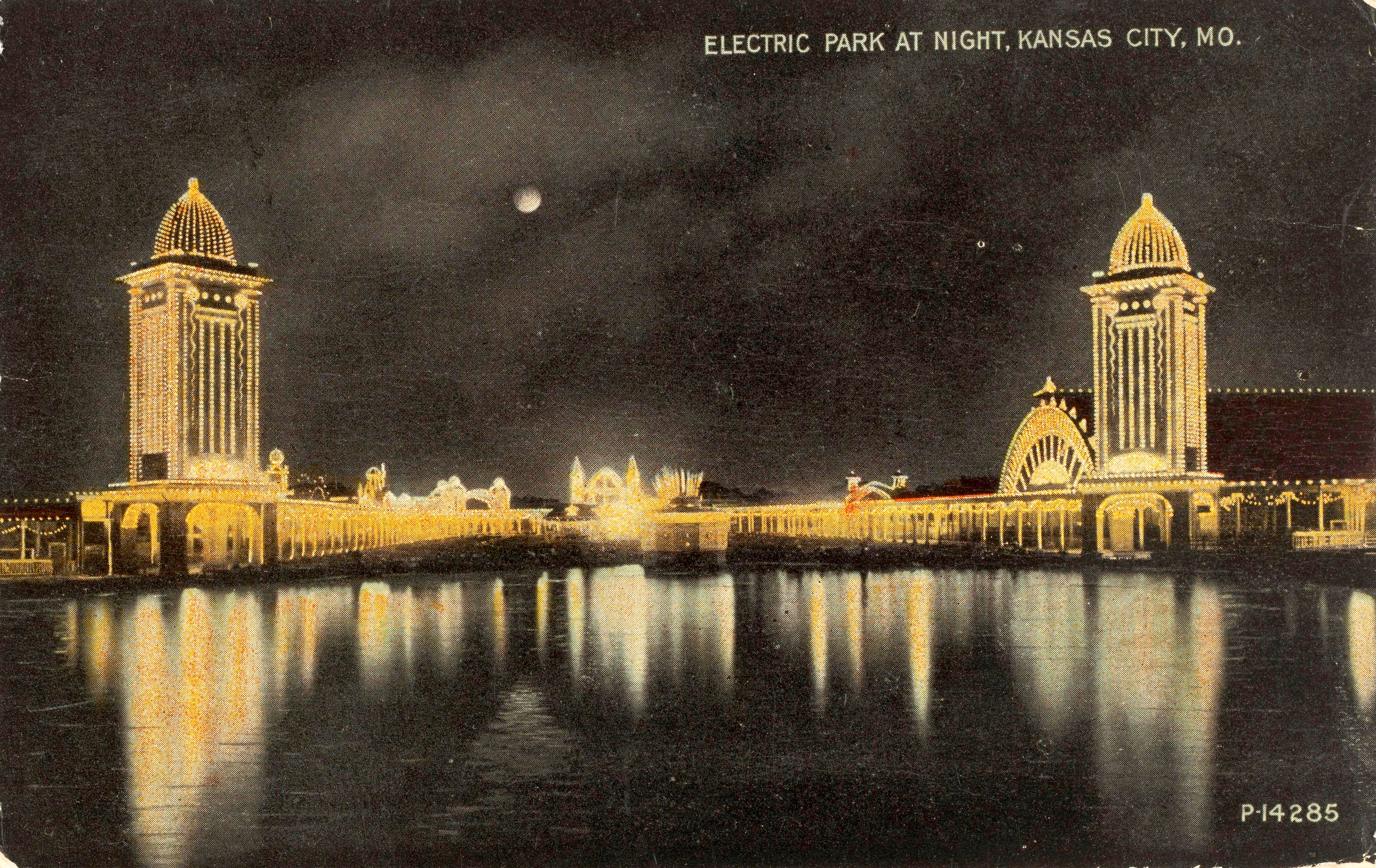
In the fall of 1917, Elias and Flora moved with Walt and Ruth to Chicago, Illinois, Walt’s birthplace, so Elias could take a new job. In 1919, after a brief stint as a Red Cross ambulance driver in post-World War I France, Walt returned to Kansas City to live with his brothers, Roy and Herbert. Herbert, along with his wife and children, had moved into the house at 3028 Bellefontaine before their parents had moved to Chicago.
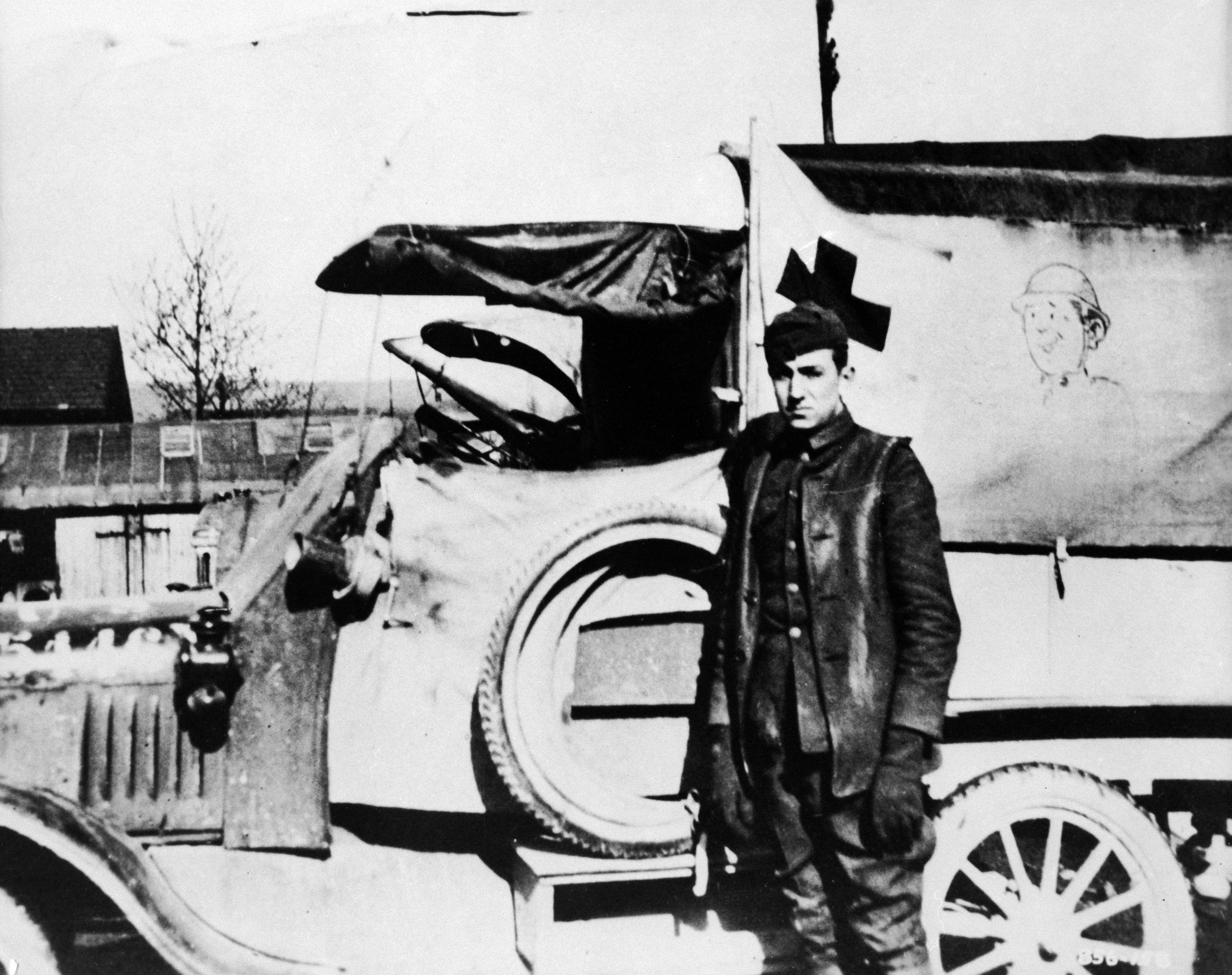
Through a client of Roy’s at the First National Bank, Walt found his first paying job as an artist at the Pesmen-Rubin Commercial Art Studio, designing corporate advertisements and letterheads. There he met artist Ub Iwerks, who would become Walt’s creative partner for the next 21 years.
In 1920 Disney took a job at the Kansas City Film Ad Company (formerly the Kansas City Slide Company) making animated advertisements to be aired before feature films in local theaters. Disney was instantly hooked on the magic of film. To immerse themselves in this new art form, Disney and Iwerks went to the public library, where they checked out Eadweard Muybridge’s book "Animals in Motion" and Edwin G. Lutz’s book "Animated Cartoons: How They Are Made, Their Origin and Development." A short time later, Iwerks joined Disney at the Kansas City Film Ad Co.
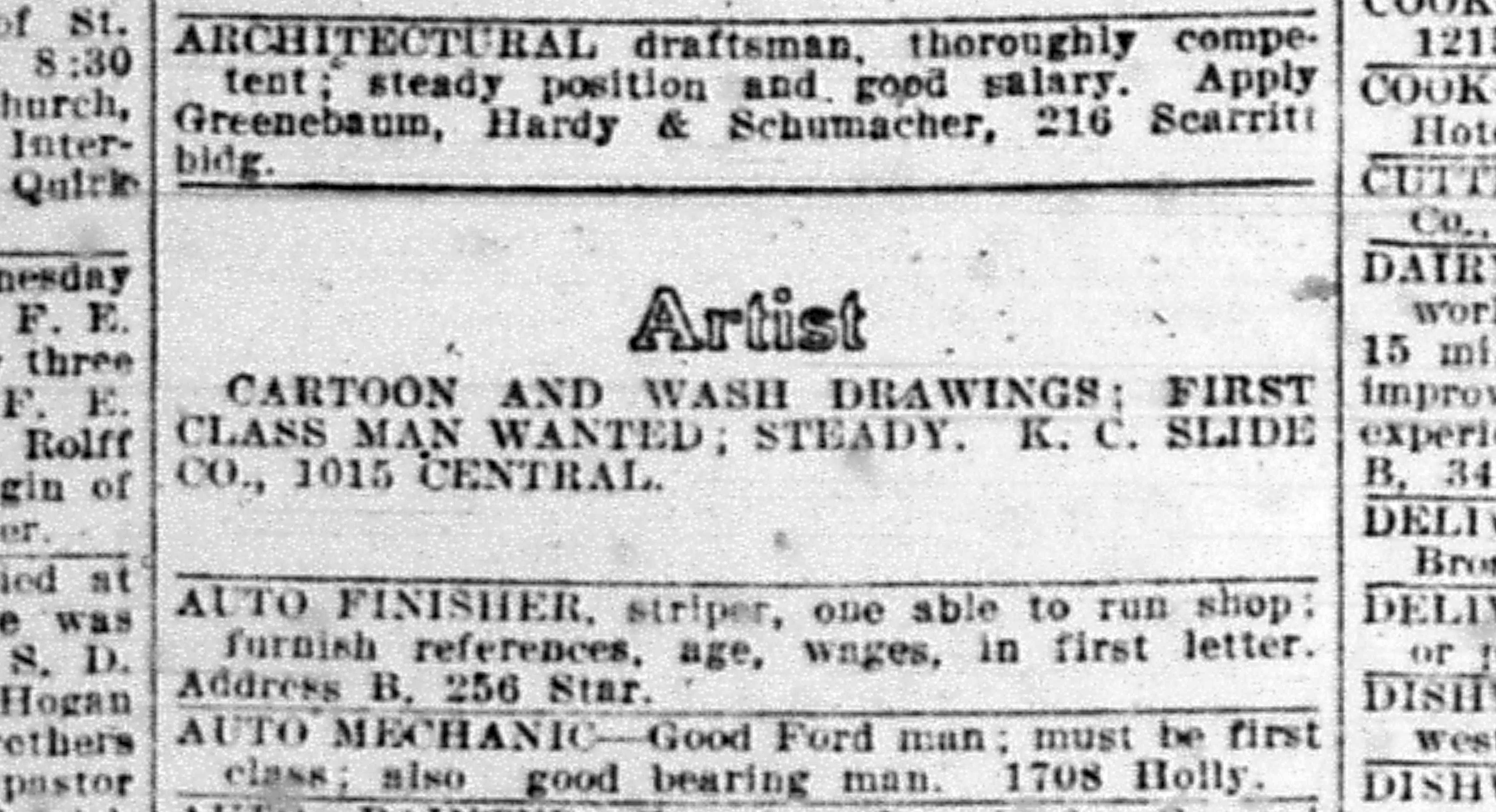
Disney received permission from his employer to take one of the cameras home on weekends. With his brothers’ help, Walt transformed the garage at 3028 Bellefontaine into a makeshift animation studio. Walt then approached Milton Feld, the manager of the Newman Theater at 1112-1118 Main St., about producing a series of short films called "Laugh-O-grams," which combined live action and animation, and satirized local news stories. The Laugh-O-grams proved wildly popular, and while they didn’t make Disney a fortune, he could finally afford to buy his own camera.
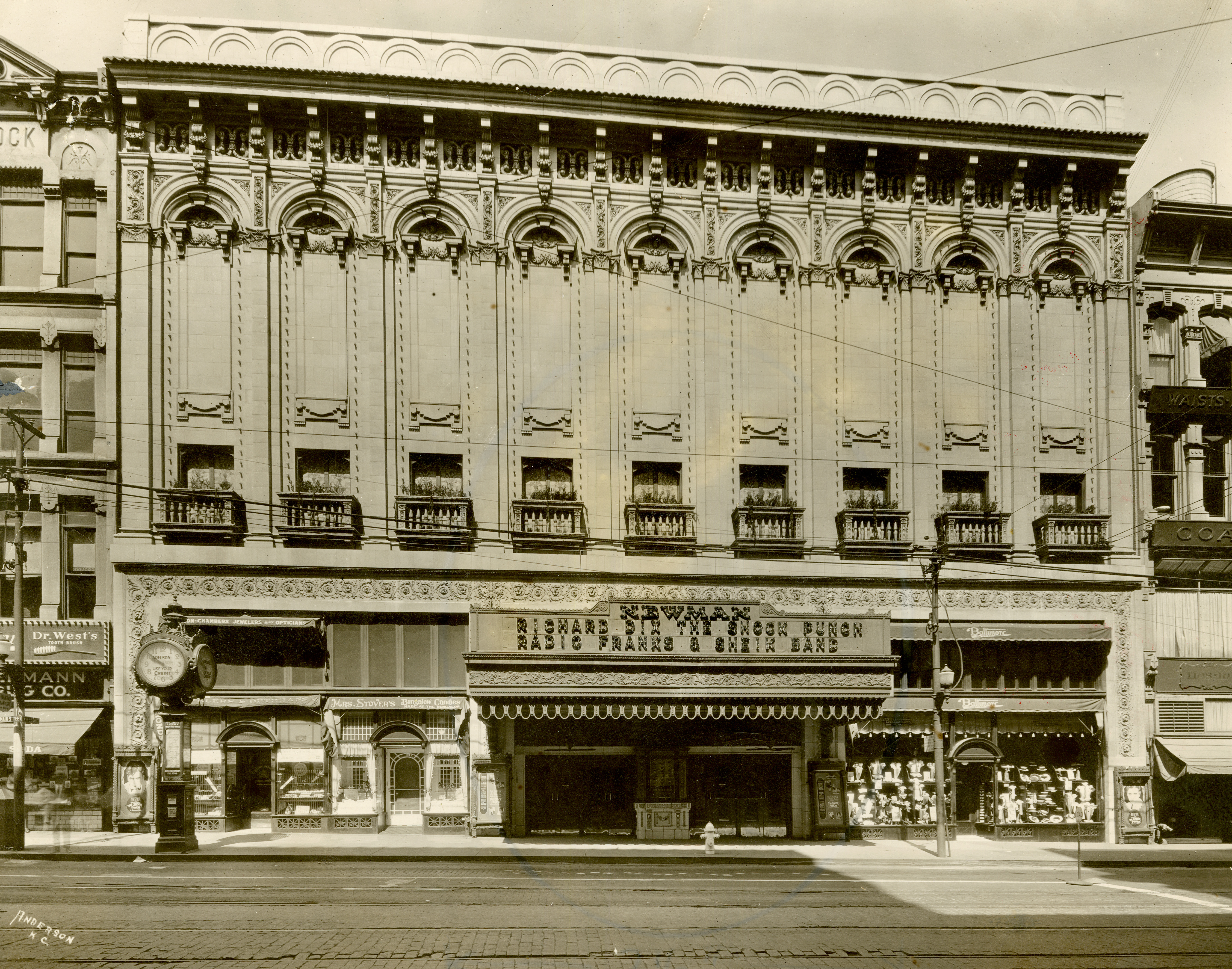
In 1921, Disney embarked on a new film project based on the "Little Red Riding Hood" fairy tale and hired local artists to help animate it. The following year, he left his day job at the Kansas City Film Ad Co., and legally incorporated Laugh-O-gram Films. Disney and Iwerks rented a space in the newly completed McConahay Building
at Forest Avenue and 31st Street for their fledgling animation studio.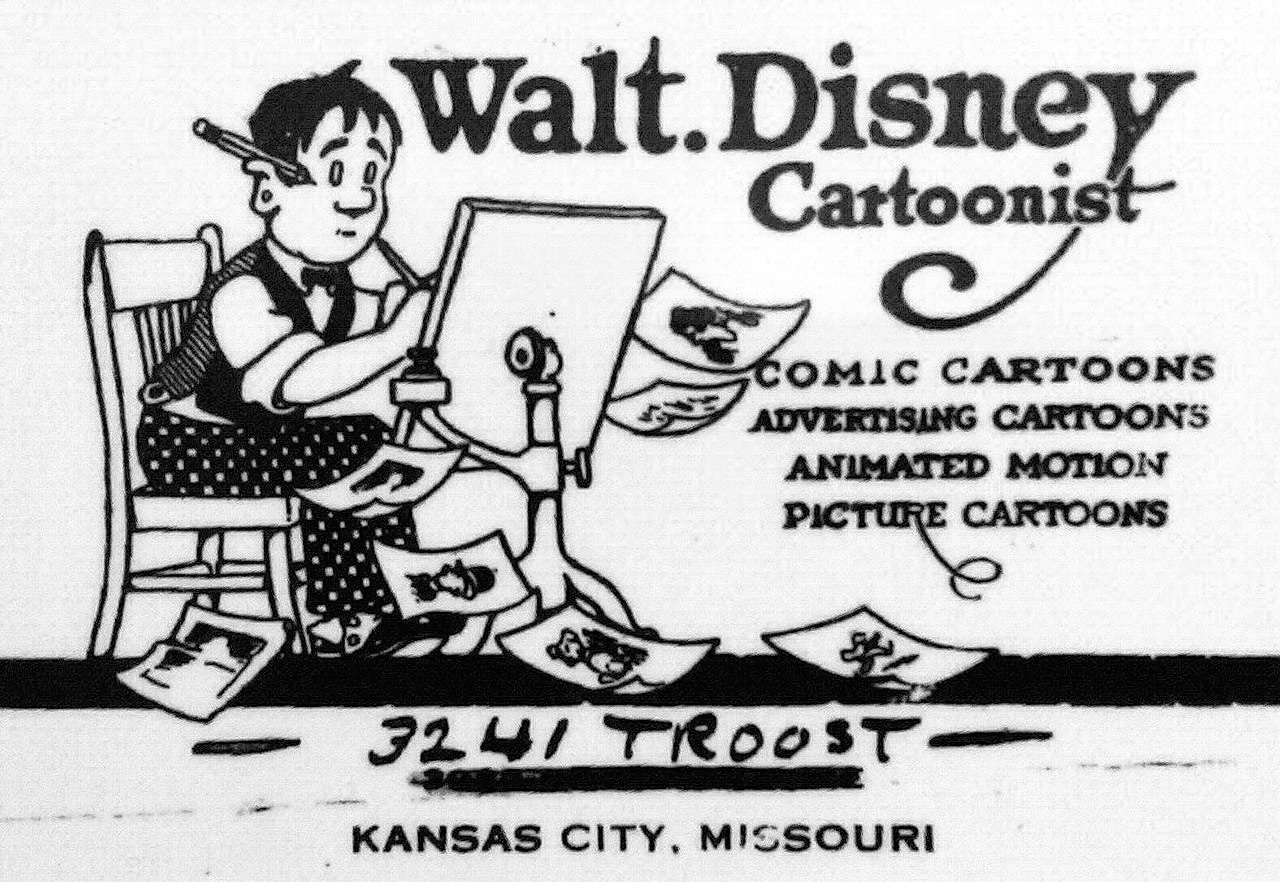
After the success of "Little Red Riding Hood," Disney produced five animated films: "The Four Musicians of Bremen," "Jack and the Beanstalk," "Goldie Locks and the Three Bears," "Puss in Boots," and "Cinderella." Unfortunately, the distributor of these cartoons, which had promised $11,000 for the completed animations, filed for bankruptcy the same year, leaving the company with only a $100 down payment on the project.
Laugh-O-gram Films secured a brief respite from their financial worries with an educational film called "Tommy Tucker’s Tooth" and a film entitled "Martha" set to a song played by the organist at the Isis Theatre. According to legend, it was during this time that Disney kept a tame mouse in his desk named Mortimer, which would later be the inspiration for Mickey Mouse.
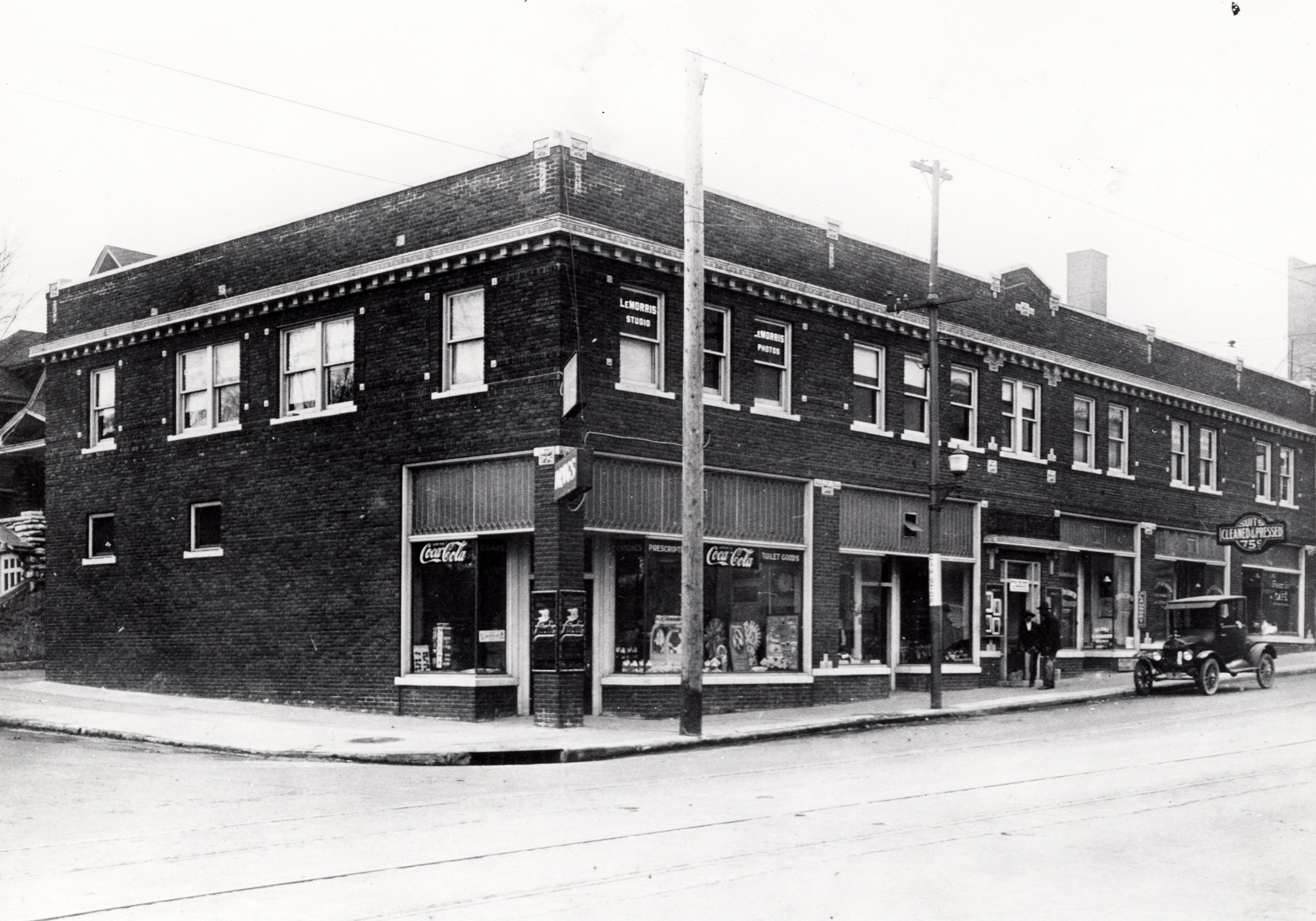
In May 1923, Disney began an ambitious project that he hoped would save his floundering company, a film combining animation and live action that he called "Alice’s Wonderland." The story features a young girl, played by four-year-old Kansas City native Virginia Davis, who, after visiting an animation studio, dreams of a world of cartoons. Unfortunately, Laugh-O-gram ran out of funds before the film could be finished. The studio was soon evicted from the McConahay Building for outstanding rent and moved instead to the Wirthman Building, which also housed the Isis Theatre, around the corner on Troost Avenue.
On Oct. 30, 1923, Laugh-O-gram Films declared bankruptcy. Disney had already left town in July, taking a train from Union Station to Los Angeles in search of better employment and backers to finish his "Alice" film in Hollywood.
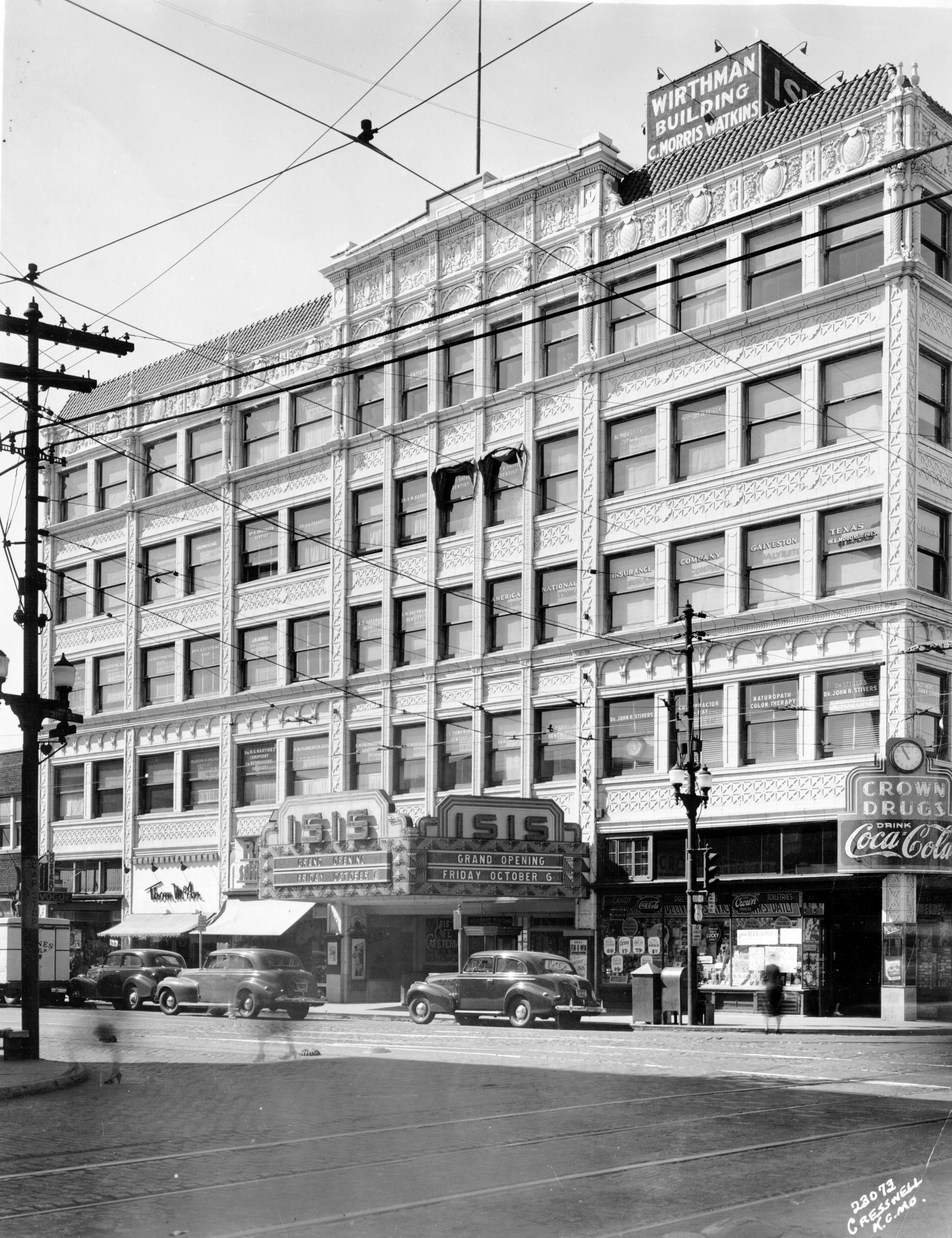
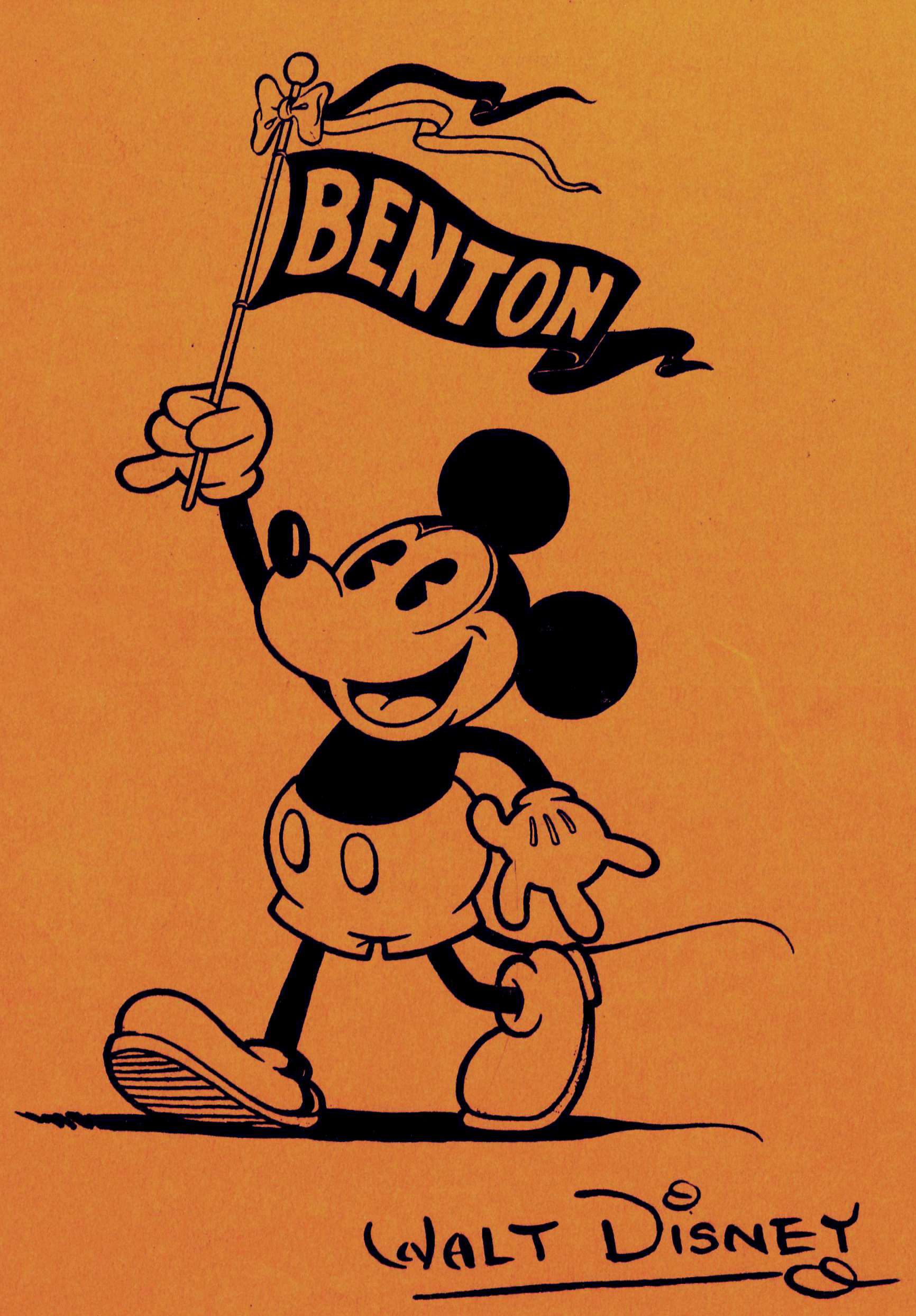
In 1937, the year "Snow White" premiered, Disney penned a letter to Irene Gentry, the acting librarian of the Kansas City Public Library, reminiscing on the role the library played in his life. The following year at the request of students at Kansas City University (now the University of Missouri- Kansas City), Walt Disney illustrated the school’s mascot for the student-published comedic magazine, showing the kangaroo shaking hands with Mickey.
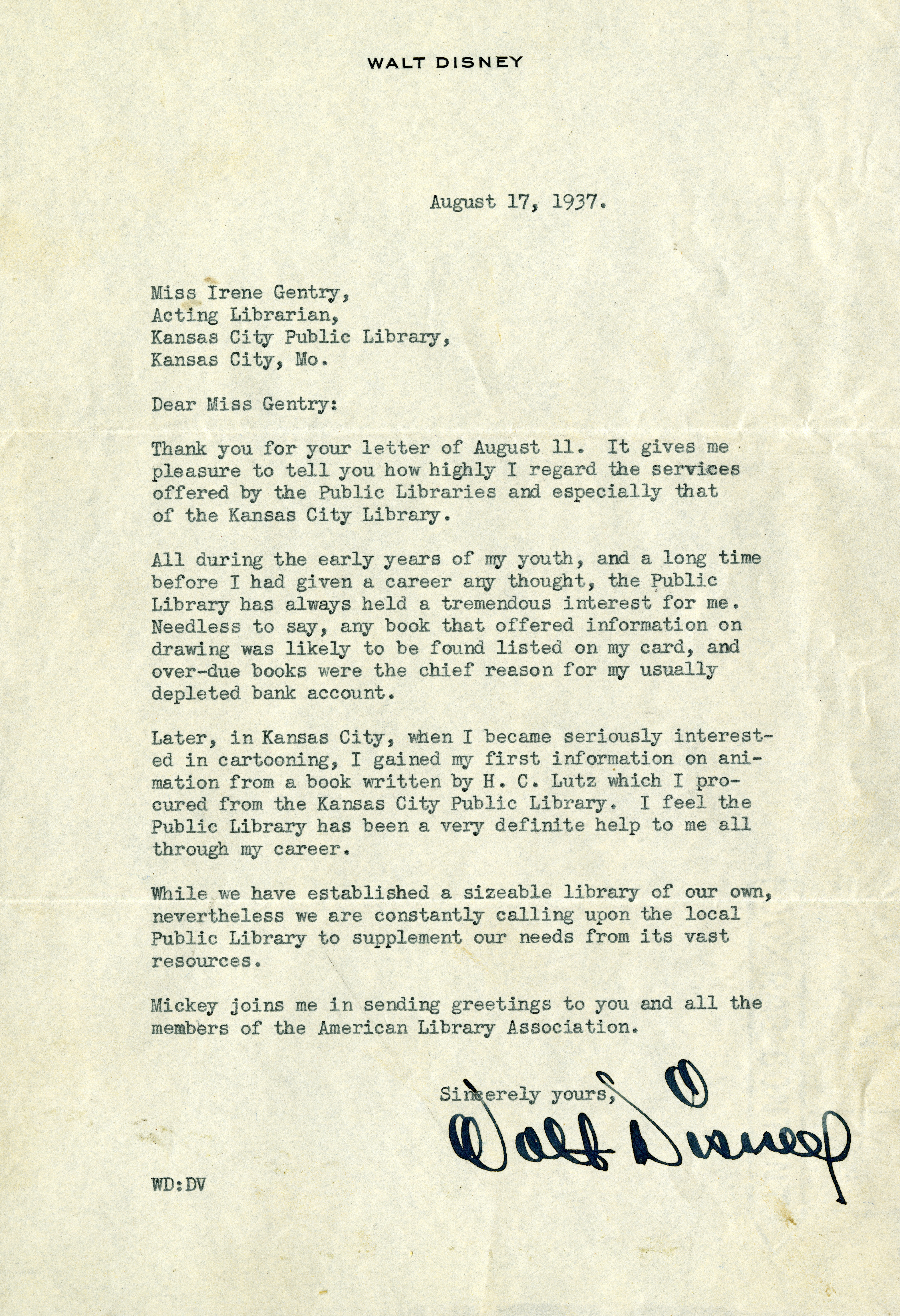
Disney returned to Kansas City in 1942 for a reunion at the Benton School and attended a luncheon in Kansas City hosted by the South Central Business Association. On Oct. 9, 1966, he made his final visit to Kansas City. He attended a banquet alongside former President Dwight D. Eisenhower and actor and comedian Bob Hope, and received an award for his public service, just two months before he died of lung cancer on Dec. 15, 1966.
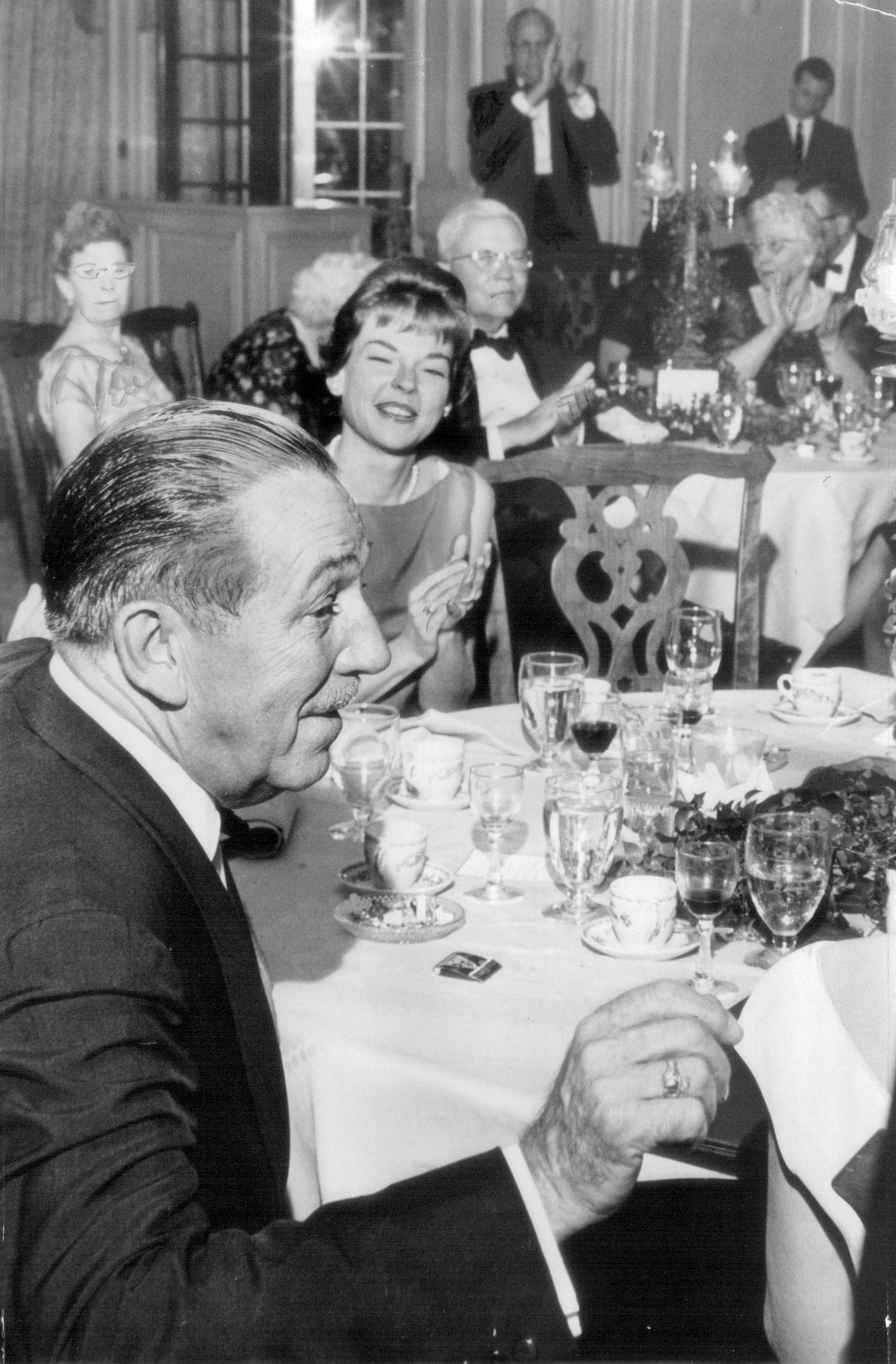
Although today Walt Disney’s name is more commonly associated with Orlando, Florida, or Burbank, California, his time in Kansas City proved formative, instilling in him a passion for animation and film making that would turn him into one of the nation’s most successful storytellers.
SUBMIT A QUESTION
Do you want to ask a question for a future voting round? Kansas City Star reporters and Kansas City Public Library researchers will investigate the question and explain how we got the answer. Enter it below to get started.


